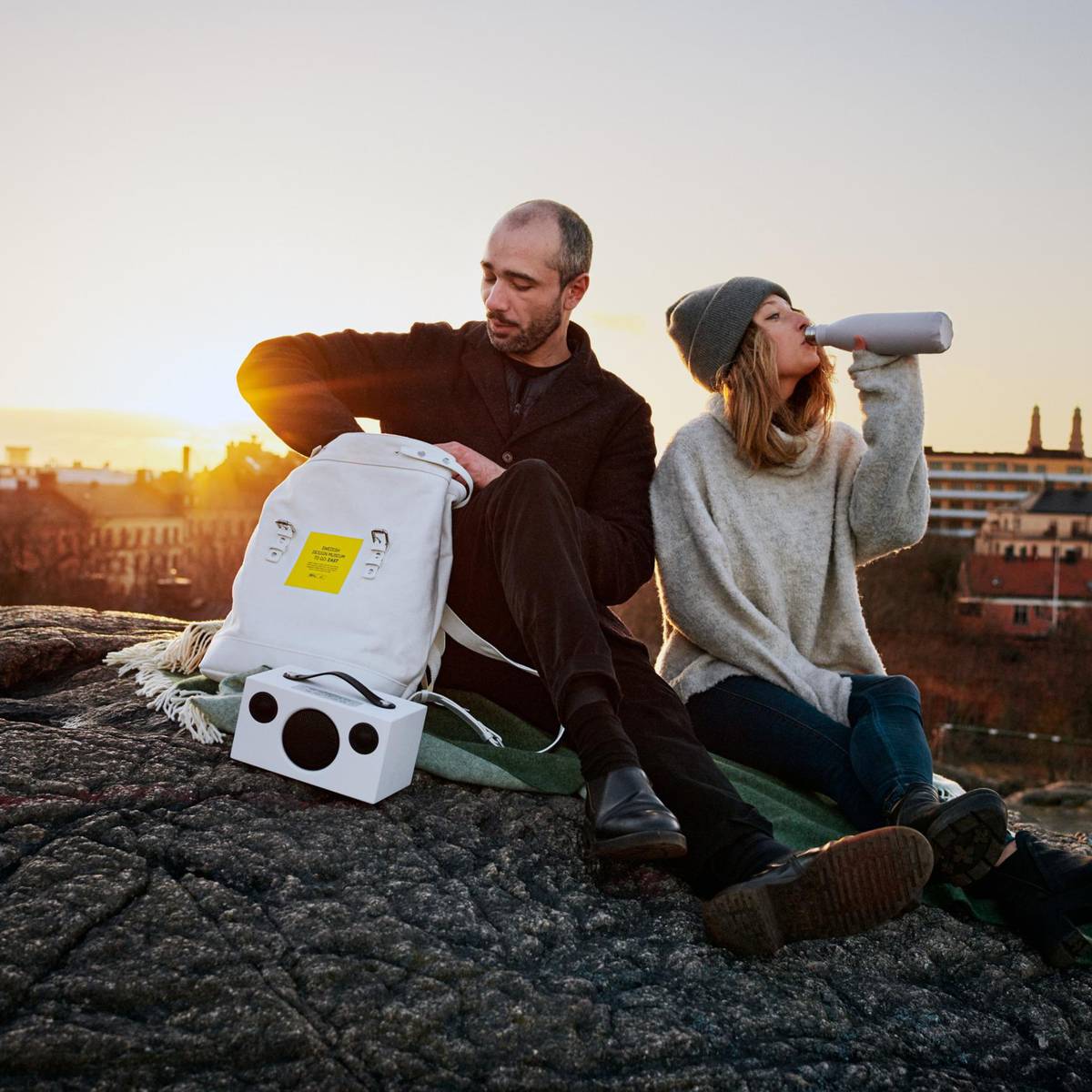So where did it all start?
One hundred years ago, in 1917, Svenska Slöjdföreningen (Svensk Form today) initiated the ‘Home exhibition’ at Liljevalchs Konsthall in Stockholm. As a result the association’s secretary Gregor Paulsson published the manifest ‘Vackrare vardagsvara’, translated as ‘More beautiful everyday things’.
“There was a force in society to create a beautiful design that was available and affordable to all. These democratic values lay the foundation for Swedish design as we know it today,” says Ewa Kumlin.
A decade later, in 1930, Slöjdföreningen opened the ‘The Stockholm exhibition, which had an impressive four million visitors who wanted to take part in the breakthrough of Swedish functionalism. This was at a time when social democracy was blossoming, including the start of “Folkhemsbygget” – a movement to create a better quality of life for Swedes.
“Sweden was flourishing and lots of the classic designs we recognise today were made during this time,” Kumlin says and highlights the fact that even though these objects were made for the masses, they were not stripped of their beauty. Simple, clean lines became the signifying aesthetic.
These include famous objects such as Bruno Mattson’s ‘Sadelgjord’ chair (1931) and Yngve Ekström’s ‘Lamino’ chair (1956) both made with the human in focus. They also include current and past classics such as ‘Bumlingen’ lamp by Atelje Lyktan (1968), ‘Black Horse’ lamp by design studio Front (2006) for Moooi, ‘Billy’ bookcase by Gillis Lundgren for IKEA (1978) and ‘Berså’ ceramics by Stig Lindberg for Gustavsbergs porslinsfabrik (1961).
The decades that followed saw an export of Swedish design, especially to America. This is where the idea of ‘Scandinavian modernism’ was born.
“It was appreciated because of its availability; it wasn’t just about luxury and the extreme. Everybody could enjoy using it,” Kumlin says.
Functional design today
Today, museums such as the Nordic Museum, National Museum and the Architecture and Design centre ArkDes in Stockholm specialise in Swedish design history and regularly showcase functionalist design. This also includes The Röhsska Museum in Gothenburg and IKEA Museum in Ämhult, which tells the Swedish history of democratic design.
Currently, democratic values such as quality of life have also expanded to include questions around equality, identity, norms and sustainability – themes that are vividly discussed in Swedish museums today.
This means Swedish designers constantly generate new versions of beautiful everyday things.
“As a result of our non-hierarchical view of society, the values are constantly being revived and tested,” Kumlin adds.





